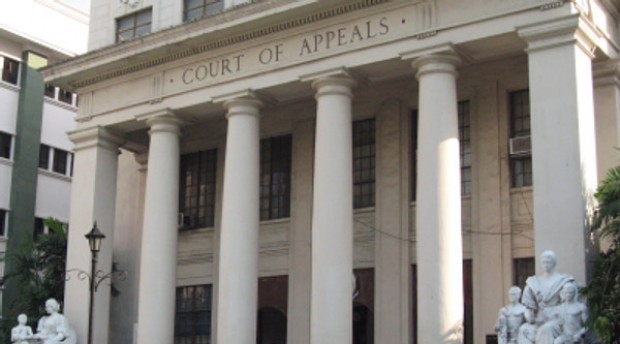The Court of Appeals has junked with finality the civil suit filed by the Pateros municipal government to claim ownership over about 300 hectares of Fort Bonifacio, which itself is the subject of an unresolved dispute between Makati and Taguig cities.
Denying the Pateros municipality’s motion for reconsideration, the appellate court’s Former Ninth Division upheld its Jan. 29 decision, which ruled that the Pasig City regional trial court did not commit grave abuse of discretion in dismissing the complaint filed by the municipal government for the judicial declaration and confirmation of certain parcels of land to be within its territorial jurisdiction.
“Finding the matters raised by appellant are a mere rehash of its previous arguments, and there being no cogent reason to modify, much less, reverse our assailed Jan. 29, 2015 decision, the instant motion for reconsideration is denied,” the appeals court said in the two-page resolution issued last Sept. 24 and written by Justice Magdangal de Leon.
The other division members, Justices Jane Aurora Lantion and Victoria Isabel Paredes, concurred in the ruling.
The Pasig RTC had decided that it could not exercise jurisdiction over Pateros’ claim because the town failed to comply with Sections 118 and 119 of Republic Act No. 7160 or the 1991 Local Government Code.
Section 118 mandates that boundary disputes involving a component city or municipality on the one hand and a highly urbanized city on the other, shall be jointly referred for settlement to the respective councils of the parties.
Each council is given 60 days to effect an amicable settlement, and if this fails, it is is given another 60 days to formally deliberate on the dispute. Only then shall the decision of the council may be elevated to the RTC having jurisdiction over the disputed are, as provided under Section 119.
The Court of Appeals pointed out that a complaint brought by Pateros before the Pasig RTC was not a case where the councils concerned jointly rendered a decision resolving the boundary dispute of the parties concerned.
The appeals tribunal noted that what preceded the filing of the case were resolutions that reflected unilateral acts of the Pateros municipal council.
The Pateros municipal government’s complaint covers seven barangays which include Cembo, South Cembo, West Rembo, East Rembo, Comembo, Pembo and Pitogo with an aggregate area of 3,044,568 square meters.
Pateros is claiming seven barangays of Makati—Cembo, South Cembo, West Rembo, East Rembo, Comembo, Pembo and Pitogo—with a total area of 3,044,568 sq m or around 300 hectares.
The seven barangays were declared part of Makati’s territory by virtue of Proclamations No. 2475 and 518 issued on January 7, 1986 and January 31, 1991 by former Presidents Ferdinand Marcos and Corazon Aquino, respectively.
However, the ownership of these barangays was also being claimed by the Taguig based on its separate complaint against Makati, which is still pending as a separate case before the Court of Appeals.
In a ruling issued on July 30, 2013 decision, the appeals court declared that the seven barangays belonged to Makati. Taguig filed a motion for reconsideration of the decision which remained to be resolved.
In staking its claim, Pateros cited old Spanish colonial maps showing the seven barangays as being part of Pateros from the time it was a barrio of Pasig until 1801, when Pateros became an independent town.
In 1903, the American colonial government merged Pateros, Muntinlupa and Taguig into one municipality under the name Pateros. The municipality was renamed Taguig two years later.
In 1909, Pateros was separated from Taguig and returned to its old boundaries.
Pateros said that during the American regime, the town’s land area was significantly reduced with the establishment of a military reservation, Fort William McKinley, which became Fort Bonifacio after the Philippines became independent in 1946.
The town thus sought to annul the Marcos and Aquino proclamations, which allegedly deprived Pateros jurisdiction over the seven barangays.
Pateros’ first suit to claim the territory in 1993 reached all the way to the Supreme Court, which in 2009 had ruled that the parties to the boundary dispute should comply with the LGC. According to Pateros, the tripartite resolution of the dispute was neglected by both Taguig and Makati, leaving the municipality no recourse but to go to court.
